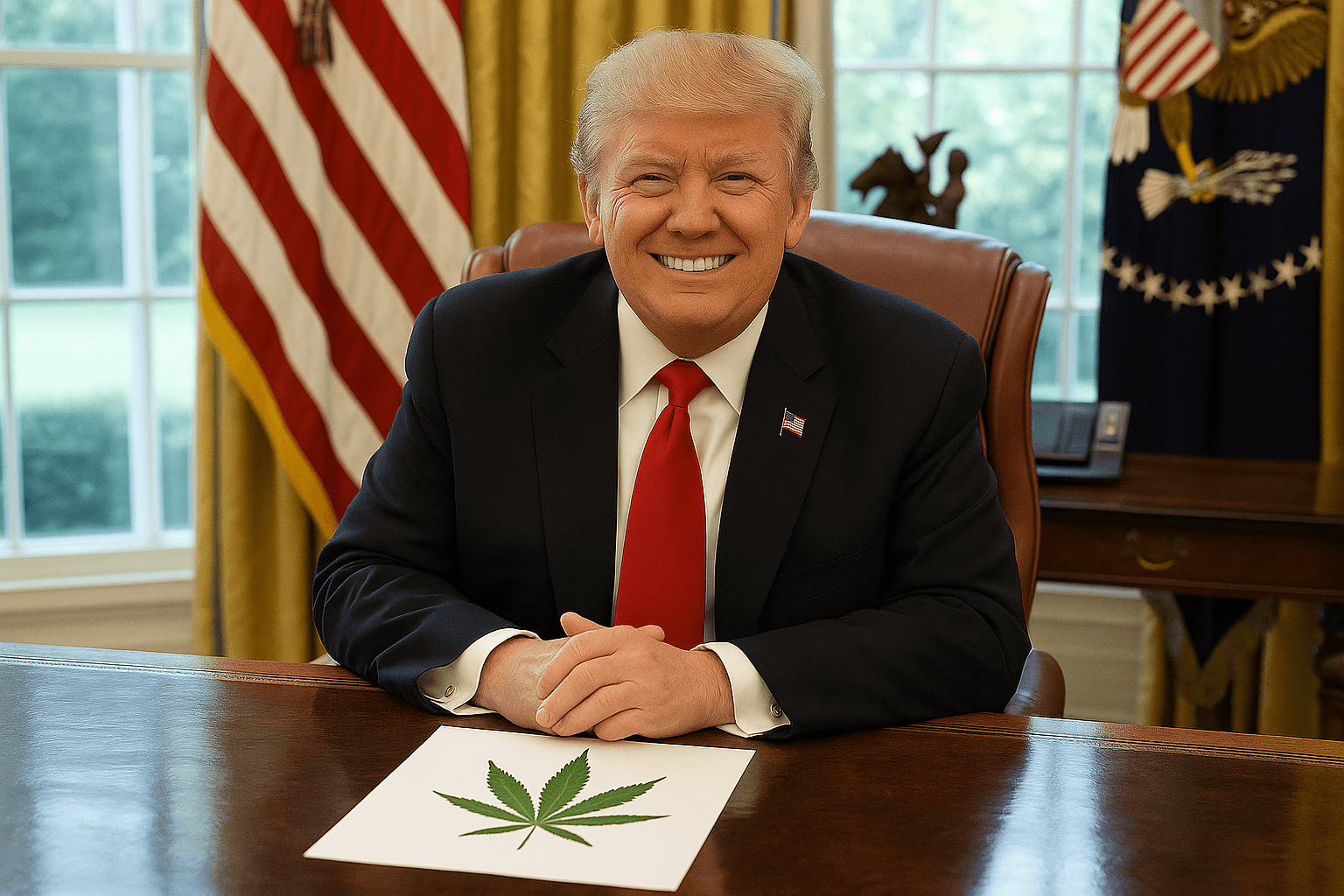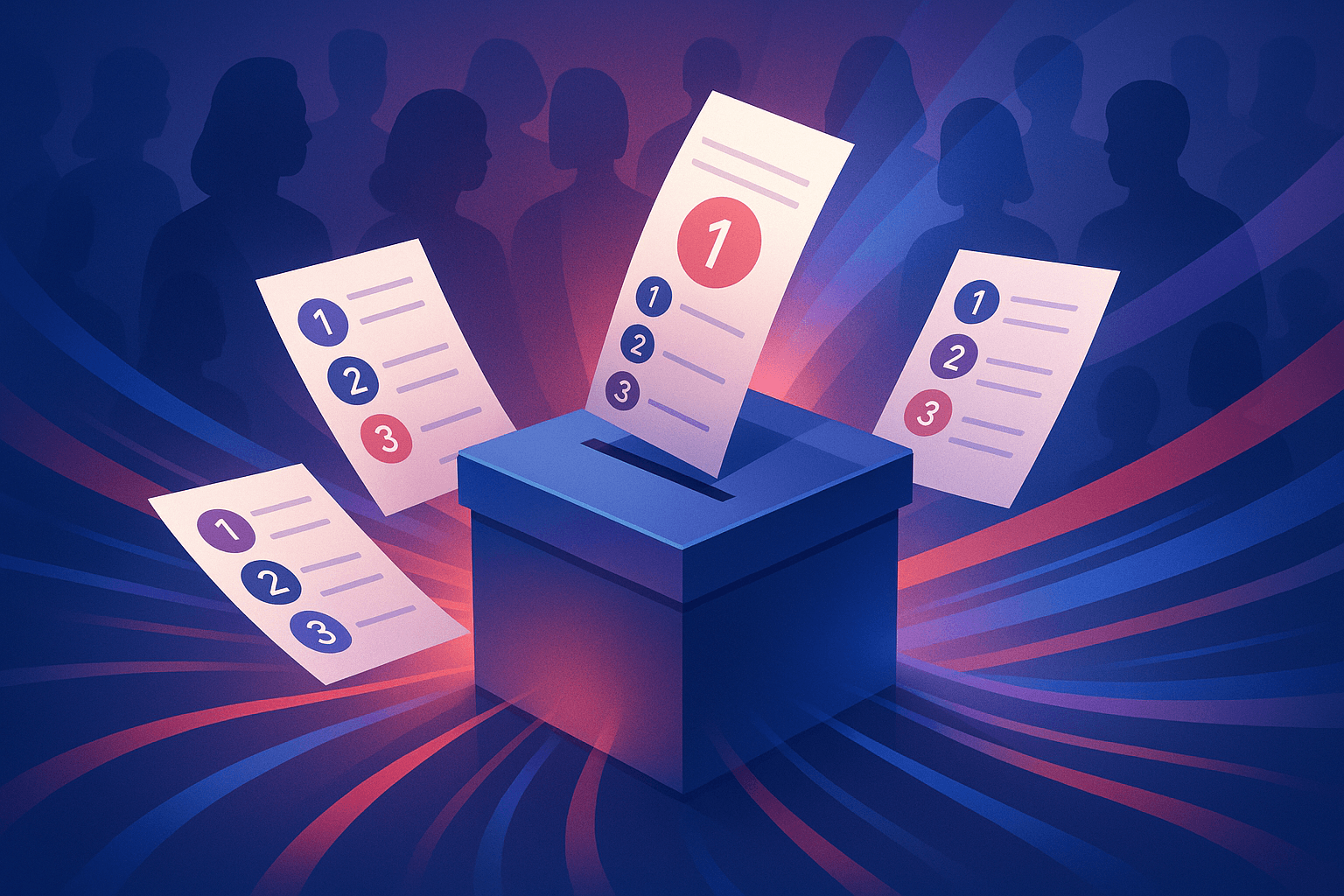Nevada Picks Up the Torch for Competitive, Nonpartisan Elections
The discussion in the national press over the last few days has centered around the two-sided Republican vs Democratic narrative. The biggest winners. The biggest losers. What happened with the polls?
For one side, the ultimate doomsday scenario has just happened, because the stakes of elections have gotten so high. Voters may end up hearing accusations of “rigged elections” similar in scope to the 2020 elections.
What voters haven't heard and likely won't hear much about from the media is how citizens used their power at the ballot box to reject these narratives and reform the system so that the most important thing is not how the parties do, but how voters are accurately served.
Nevada was arguably the biggest success story for the nonpartisan reform movement. A majority of state voters said “yes” to Question 3 for a nonpartisan top-five primary with ranked choice voting (RCV) in the general election (also called Final Five Voting).
It was the first time in US history Final Five Voting appeared on a statewide ballot.
The reform eliminates taxpayer-funded primaries that exclusively benefit private political parties and their members. It adopts a new primary system in which all voters and candidates, regardless of party, participate on a single primary ballot.
Final Five Voting would give over 600,000 voters registered unaffiliated in Nevada choices in elections they were previously denied under a closed partisan primary system. The top five vote-getters in the primary move on to the general election where voters can rank them in order of preference.
Read more about nonpartisan primaries combined with RCV here.
It is the second election cycle in a row voters in a state approved the nonpartisan primary/RCV combo. Alaska approved the use of a top-four primary with RCV in 2020, and used it for the first time in the August 2022 primaries.
Similar efforts are gaining momentum in Missouri, Florida, and Wisconsin. Voters should also expect repeat attempts at initiatives in states like Arkansas and North Dakota.
The nonpartisan reform combo completely changes the incentive structure for candidates. Under a closed partisan primary system, party leaders have the most control over who advances to the general election, not voters.
The incentive under a partisan-controlled system is for candidates to put the interests of the party first, including echoing all ideas and talking points expressed by national party leaders since politics is far more national than it used to be.
The idea that “all politics is local” is becoming less and less relevant in the US political environment. State and local parties increasingly focus on the national party’s agenda, meaning candidates are less focused on district/state-specific issues.
There is no incentive to listen to voters, highlighted in a 2015 Princeton study which found that “preferences of the average American appear to have only a minuscule, near zero, statistically non-significant impact upon public policy.”
A 2017 Harvard Business School study from reform pioneer Katherine Gehl and HBS professor Michael Porter examined the competition drought and lack of accountability in American elections as a result of an electoral system designed to benefit the two major parties.
Final Five Voting, a name coined by Gehl’s Institute for Political Innovation, shifts the incentives from favoring political parties to favoring voters, because candidates run in primaries where they have to distinguish themselves from all candidates running to the electorate at-large.
Candidates in the general election have to compete to not only be a voter’s first choice, but their second or even third choice. They cannot solely rely on their base support to win elections. They have to compete for voters.
Suddenly, elections are not about parties. They are about voters and what voters want from their elected officials.
Nevada Question 3’s journey to the November ballot wasn’t smooth. It faced a legal challenge from lawyers affiliated with the state’s Democratic Party who claimed that the measure violated the state constitution’s prohibition on proposed amendments with more than one subject.
It is not the first time partisans and special interest groups have tried to use a state’s single-subject rule to remove nonpartisan reform from the ballot. The lieutenant governor and state elections division attempted the same thing in Alaska.
But just like in Alaska, the attempt to deny voters a say failed.
A Carson City judge stated that Question 3’s “description satisfies Nevada’s requirements as its plain language is straightforward, succinct, and non-argumentative.” The lawsuit was subsequently tossed.
One election is not enough to make Question 3 law. Nevada requires changes to the constitution to be approved in two election cycles. Voters approved the use of Final Five Voting in 2022 and will need to do it again in 2024.
 Shawn Griffiths
Shawn Griffiths



